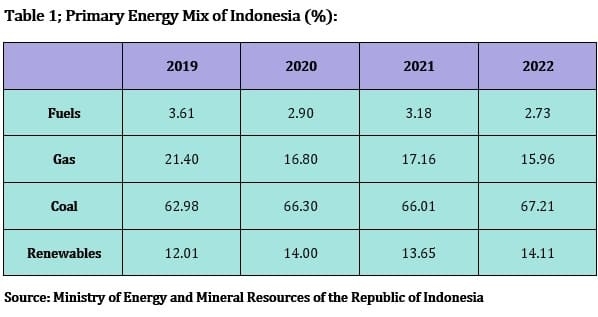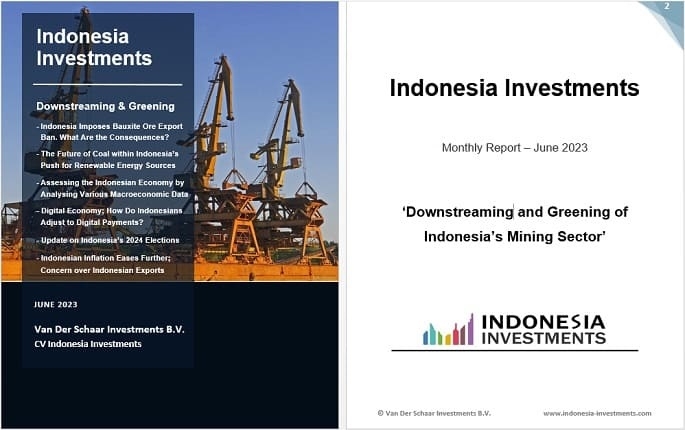Future of Coal in Indonesia’s Renewable Energy Push: Early Retirements & Clean Coal Technologies
As is widely known, coal is the most important energy source for the generation of electricity in Indonesia. Among the key reasons are that Indonesia has huge reserves of coal under its soils (hence it is relatively cheap to use coal, hence attracting plenty of private investment amid ever-growing electricity consumption in Indonesia over the past two decades) and efficient coal-fired power plant technology.
Table 1 shows that the percentage share of coal in Indonesia’s power plants has expanded in recent years. So, coal is actually more popular and important than ever before!
However, coal is also known to be among the dirtiest energy sources as coal typically contains large amounts of sulfur and nitrogen. When these elements are burned they make sulfuric acid and nitric acid which cause acid rain and other forms of pollution.

Thus, widespread consumption of coal clashes with Indonesia’s push for renewable energy as the country has committed itself to net-zero emissions by 2060. However, quite ironically, table 1 showed that the role of coal in the country’s primary energy mix has been expanding more rapidly than that of renewables.
Important reason why coal-fired electricity generation has been growing, is because of the development of smelters in Indonesia. As the government targets to fully ban exports of mineral ores, dozens of smelters are being constructed across the country that gradually start operations. These smelters are huge electricity consumers, and require a constant (and reliable) flow of electricity. Considering fossil fuels – for now – remain more reliable and more efficient than renewables, it is an attractive choice to opt for coal (besides coal being the relatively cheap option).
Moreover, 2060 is still almost 40 years away, and so there remains plenty of time to turn the investment into a profit before coal is fully phased out. In fact, we assume that Indonesia will ramp up coal exploitation and production in the decades ahead, both for export purposes and for consumption on the domestic market, to maximize advantage-taking from its rich coal resources before coal becomes a true no-go area.
Nonetheless, we do see some government programs to either cut coal consumption, or, seek ways to turn coal into a less dirty energy source. In this article we are going to take a look at this.
[...]
This is the introduction of the article. The full article is available in our June 2023 report. This report (an electronic report) can be ordered by sending an email to [email protected] or a message to +62.882.9875.1125 (including WhatsApp).
Take a glance inside the report here!
Price of this report:
Rp 150,000
USD $10,-
EUR €10,-

Bahas
Silakan login atau berlangganan untuk mengomentari kolom ini
